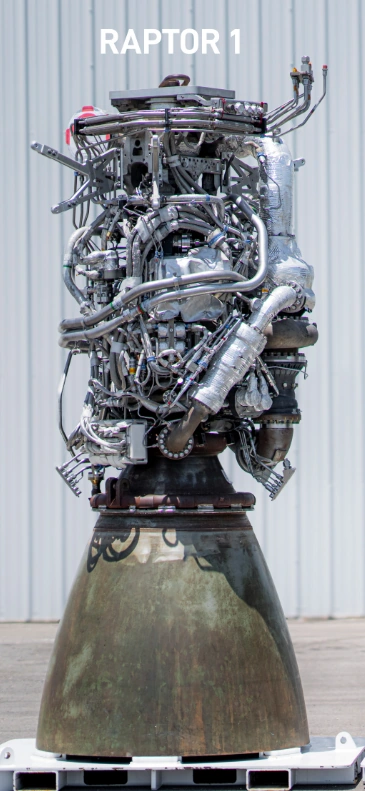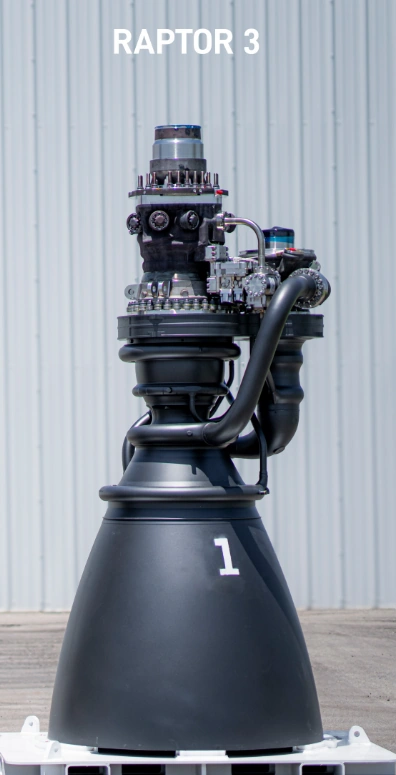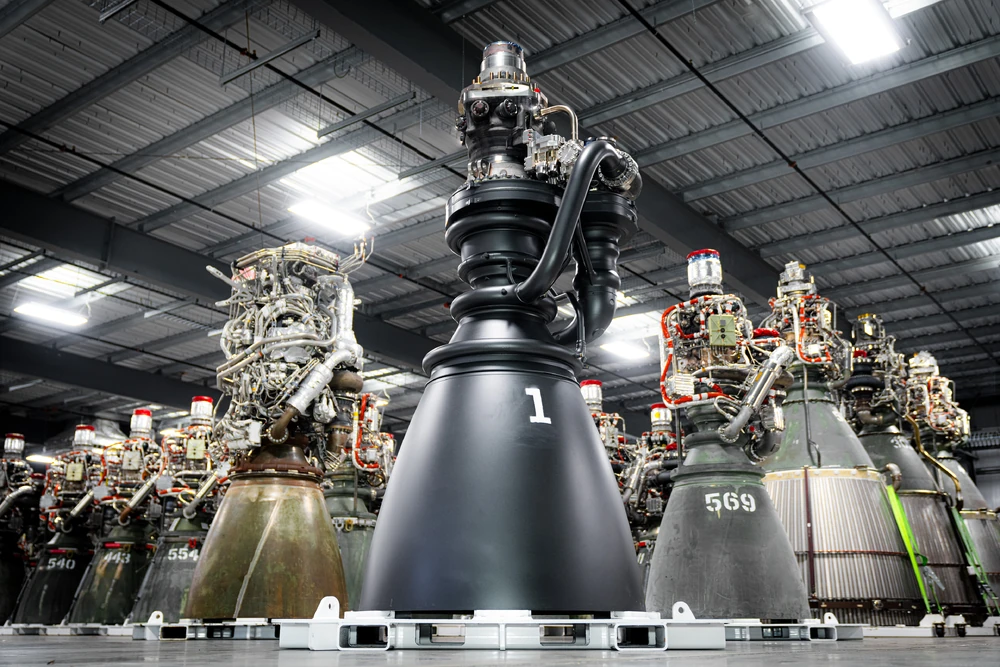The Evolution of SpaceX’s Raptor Engine: A Leap Toward the Future of Space Travel 🚀
SpaceX has been revolutionizing spaceflight for years, and one of the most critical components driving its ambitious Starship program is the Raptor engine. In just five years, the Raptor has transformed from a complex and intricate design into a sleek, highly efficient powerhouse of innovation. Let’s take a closer look at how this extraordinary evolution has unfolded.
The Journey from Raptor 1 to Raptor 3
Raptor 1 (2019): The Beginning

The first-generation Raptor engine was a marvel of engineering but carried significant complexities. Its design featured an intricate web of pipes, valves, and cooling channels, making it more challenging to manufacture and maintain. While capable of producing ~185 tons of thrust, Raptor 1 had reliability concerns and wasn’t optimized for mass production.
Raptor 2 (2022): A Major Step Forward

SpaceX took all the lessons learned from Raptor 1 and introduced a more powerful, efficient, and simplified design. Key improvements included:
- Increased thrust to ~230 tons
- Fewer welds and simpler plumbing, reducing the likelihood of leaks and failures
- Improved cooling techniques for better performance under extreme conditions
- More cost-effective production, making large-scale manufacturing feasible
Raptor 2 marked a major milestone, as it became the main engine used for Starship’s orbital test flights.
Raptor 3 (2024): Cutting-Edge Innovation

The latest iteration, Raptor 3, takes efficiency and power to another level. With a thrust output reaching 269 tons, this version is the most powerful and optimized yet. It features:
- Further refined combustion stability, reducing the risk of failures
- Enhanced materials and manufacturing processes for durability and cost-effectiveness
- Even greater efficiency, pushing Starship closer to its goal of interplanetary travel
Why This Matters for Space Exploration

The rapid evolution of the Raptor engine isn’t just about breaking records; it’s about making the dream of interplanetary travel a reality. Here’s why this matters:
- Enabling Starship’s Mars Missions: The more powerful and reliable the engines, the better Starship will perform in missions to the Moon, Mars, and beyond.
- Reusable & Cost-Effective Rockets: Raptor’s design improvements contribute to SpaceX’s goal of making spaceflight as routine and affordable as air travel.
- Pushing the Boundaries of Technology: Each iteration showcases SpaceX’s ability to innovate at an unprecedented pace, bringing us closer to a multi-planetary future.
The Future of Space Travel is Happening Now
The development of the Raptor engine is a testament to SpaceX’s commitment to engineering excellence and rapid iteration. With each improvement, Starship becomes more capable of carrying humans and cargo on deep space missions. The dream of Mars colonization is no longer just science fiction—it’s a work in progress, unfolding right before our eyes.
The space industry is advancing at an incredible pace, and the evolution of the Raptor engine is a perfect example of how innovation is driving humanity toward a bold new future in space. Stay tuned, because the best is yet to come! 🚀🔥



